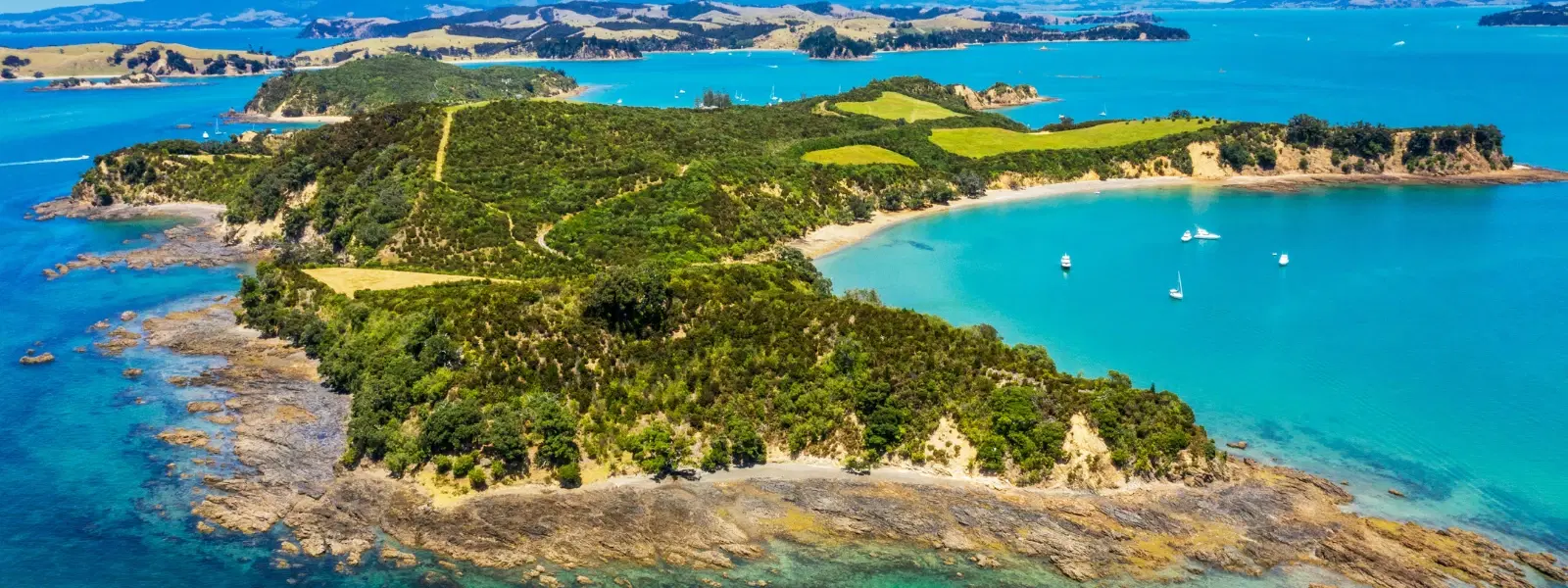
Hotels
•03 min read

The Cameroon Islands offer an enchanting escape with their blend of tropical beauty and rich biodiversity. Hidden away along the Gulf of Guinea, these islands form part of a volcanic chain that infuses the landscape with dramatic scenery and lush ecosystems. This guide is designed to answer your frequently asked questions about the Cameroon Islands, revealing insights into their geography, wildlife, tourism opportunities, and cultural significance. Whether you're a curious traveler, a researcher, or simply someone looking to explore a lesser-known gem, read on to discover what makes these islands so captivating.
The Cameroon Islands are a collection of islands located along the coast of the Gulf of Guinea. They are part of the Cameroon volcanic line—a series of volcanic formations that have given rise to diverse terrains ranging from tropical paradises to areas teeming with wildlife. These islands not only offer breathtaking natural beauty but also boast ecosystems that vary from serene beaches to dense mangroves.
While the exact number may vary, Cameroon is home to several islands scattered along its coastline. The most prominent among these is Manoka Island, a notable part of the Cameroon archipelago. These islands are distributed along the coast, each offering unique attractions—from abundant wildlife to pristine beaches, ideal for nature enthusiasts and adventurous travelers alike.
The islands' geological features tell a story of ancient volcanic activity. They were formed along the Cameroon volcanic line, which contributes to a dynamic mix of coastal formations and rugged volcanic landscapes. The rich soil nourished by volcanic minerals stands as a testament to the islands’ unique ecological traits, making them a point of interest for geologists and nature lovers alike.
These islands enjoy a tropical climate marked by consistent warmth and abundant rainfall. The rainy seasons not only green the landscape and fill the rivers but also support a diverse range of plant and animal species. This climate is a vital factor that transforms the islands into biodiversity hotspots, where nature flourishes in vibrant abundance year-round.

The biodiversity on the Cameroon Islands is striking. Visitors often find themselves marveling at the variety of life, from the elusive African manatees and crocodiles to sea turtles and rare bird species such as the Gabonese grey parrot. Conservation efforts are ongoing to protect these unique creatures and ensure their habitats are preserved for future generations.
The islands are also a botanical treasure, with plant life that thrives in volcanic soils and tropical conditions. Unique trees, flowering plants, and other vegetation add to the ecological significance of these islands, creating a natural mosaic that supports both wildlife and human communities.
The Cameroon Islands are home to the endangered African manatee, which relies on the region’s mangroves for survival. Protecting these habitats is crucial for their conservation.
The tourism industry on the Cameroon Islands is growing steadily. With opportunities in eco-tourism and cultural tours, visitors are welcomed with experiences that range from bird watching and hiking to exploring awe-inspiring volcanic landscapes. Indians, in particular, find these islands enticing as budget-friendly options that promise both adventure and relaxation.
Among the many jewels of the region, Manoka Island stands out as a favorite among travelers. Known for its verdant mangroves and varied wildlife, it is a prime example of the allure found in the Cameroon coastal islands. Other island destinations in Cameroon offer visitors an ideal blend of adventure, cultural immersion, and opportunities for quiet relaxation on sun-kissed shores.
Accommodations on the islands cater to various travel styles, from eco-lodges that highlight sustainable practices to more upscale resorts offering premium amenities. These places emphasize comfort without compromising the preservation of the natural environment, ensuring a stay that is peaceful, enjoyable, and in harmony with the surroundings.

The islands are not just natural wonders—they are also vibrant communities where indigenous cultures thrive. The locals speak a mix of languages, and their traditions are interwoven with daily life. This cultural tapestry adds an enriching depth to any visit, providing travelers with insights into history and customs that have been preserved over generations.
Historically, the Cameroon Islands played a significant role in regional trade and local development. They have been pivotal in ecological exchanges and served as landmarks in the nation’s evolution. Visitors can observe traces of this past in various historical sites and narratives that underscore the islands’ enduring legacy.
Cameroon has several islands scattered along its coastline, with Manoka Island being one of the most notable.
Manoka Island is considered the largest and most significant island in Cameroon.
The islands off the coast include Manoka Island, along with other smaller landforms that form the Cameroon archipelago.
Cameroon is renowned for its diverse geography, rich wildlife, volcanic landscapes, and deep cultural heritage.
The Cameroon Islands are a captivating destination that blends dramatic geography, abundant wildlife, and cultural richness into an unforgettable experience. Their unique ecological and historical legacy makes them a hidden gem for travelers, researchers, and adventurers alike. As you explore this guide, you may find inspiration to delve deeper into the wonders of these tropical islands, discovering firsthand the charm and mystery that they offer.